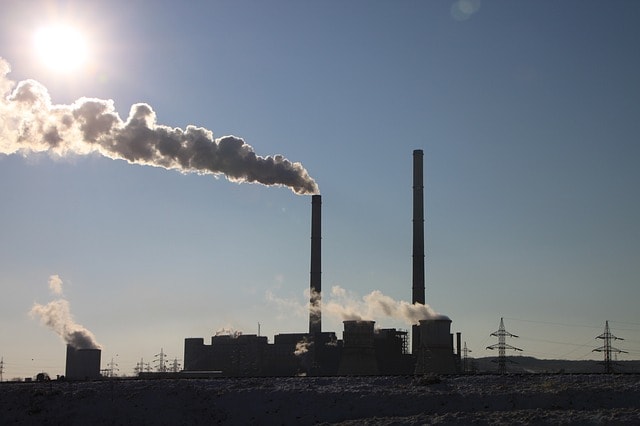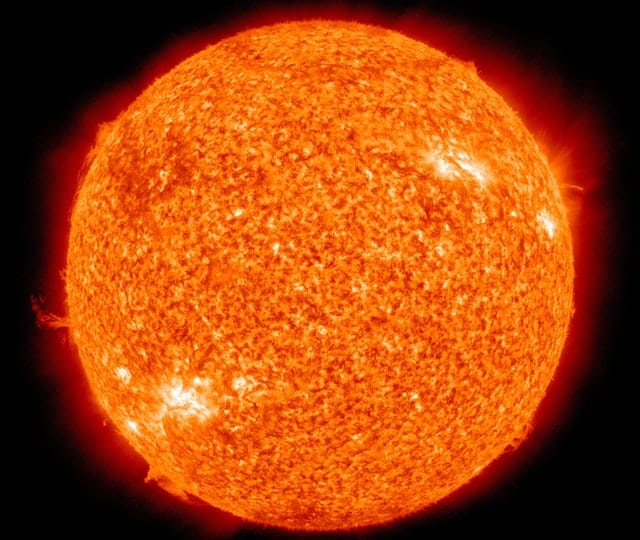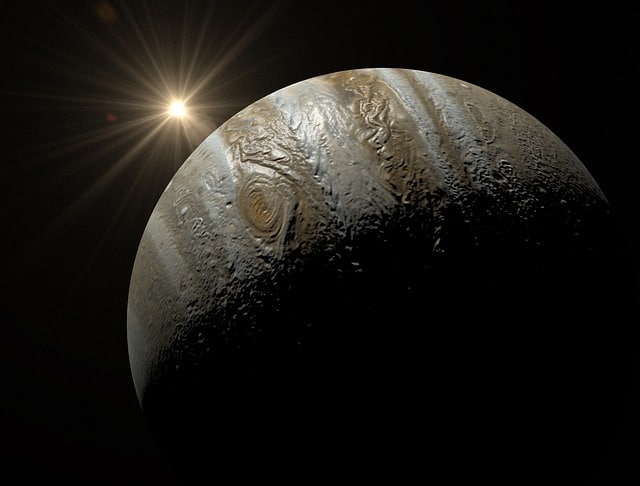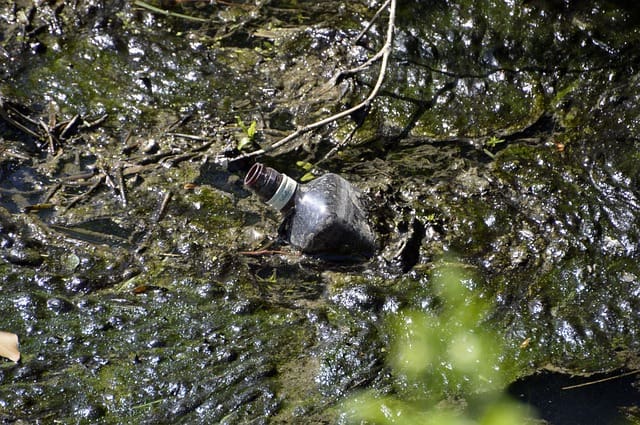Greenhouse Gases Responsible For Global Warming

Global warming and climate change are hot topics in the news media and legitimate concerns for those educated on the topics. Global warming is a result of greenhouse gases polluting the atmosphere. When gasses are emitted, the pollution remains within the atmosphere, creating a shield type of blanket around the Earth. This shield of pollution traps in heat and warms the Earth.
While some may argue that a warmer Earth is not an issue, a warm Earth not only affects temperature, but glaciers, natural land, and water systems. Global warming is not simply a warming of the winter, global warming is destructive force aimed to eradicate our modern luxuries.
The major types of emissions from the greenhouse gases released by people’s simple everyday activities are:
- Carbon dioxide (54%) Carbon dioxide is the leading culprit of greenhouse gas. Carbon dioxide not only contributes over half of the atmospheric pollution creating climate change, but is the easiest gas emission culprit to avoid. Carbon dioxide is absorbed naturally in the environment but an increasing amount of carbon dioxide is being emitted each day, making the atmosphere full of excess CO2.
- Methane (30%) Methane is second to carbon dioxide in the amount of release into the environment, however, at 30%, methane is a far higher concern than the next in line at 9.8%. Methane is just as detrimental to the environment and worthy of concern as carbon dioxide. Methane (CH4) is created and emitted by humans and natural activities.
There is more methane in our world’s atmosphere now than in the past 800,000 years! This number has risen to an incredibly high amount in large part due to the human extraction of fossil fuels which releases large quantities of methane. Wetlands and agricultural expenditures all emit methane as well.
- Other Gases (9.8%) Water vapor and Tropospheric ozone (O3) are considered other gases. Also considered “other gases” are manufactured gases that are fluorinated. Called “F-gases”, this category of gases are used for purposes that include refrigeration (industrial as well as residential air conditioning), fire extinguishers and aerosol propellants. Hydrochlorofluorocarbons (HCFCs), chlorofluorocarbons (CFCs), perfluorocarbons (PFCs), hydrofluorocarbons (HFCs), and sulfur hexafluoride (SF6), are all considered to be F-gases.
F-gases are a bit more difficult to pronounce and remember as we go about our daily activities. One can easily recall carbon dioxide and methane as pollutants, but many of the F-gases are disregarded. Another reason for disregard of these atmospheric dangers is their seemingly low impact on the environment. At less than ten percent of the total pollution in the atmosphere, other gases may rank lower on the scale for environmental groups to focus on.
Water vapor is a natural occurrence of climate change and continues in a never ending cycle further melting the polar ice caps and contributing to pollution. ‘Other gases’ linked in the F-gas category can be changed rather easily by individuals and communities if people are aware of the products that contain them.
When communities are educated and aware of their contribution to pollution, most will attempt to reduce their emissions. F-gases can be reduced rather simply.
- Nitrous Oxide (4.9%) Nitrous oxide is another emission that is directly correlated to human activities. This gas is needed to be a part of the atmosphere; however, an abundance of nitrous oxide creates atmospheric pollution contributing to climate change. Nitrous oxide derives from:
- Agriculture (adding nitrogen into the soil and using synthetic fertilizers, also emitted from livestock)
- Fossil Fuels (When fuels are burned in cars and trucks)
- Combustion
- Wastewater Management
- Industrial Processes (byproduct of producing nitric acid and the production of adipic acid)
Molecules from nitrous oxide are destroyed through chemical reactions but have a long life span of over one hundred years. Nitrous oxide molecules are small and may not be seen to be quite as dangerous as carbon dioxide, but the impact of a small molecule is more detrimental. One pound of nitrous oxide contributes three hundred times the atmosphere pollution than the same amount of carbon dioxide.
- Fluorinated Gases (.6%) F-gases are unique in their emissions. F-gases are emitted from human activities. The industrial age brought upon many of the emissions released through factories and industrial processes. The F-gases emitted are considered to have a small atmospheric concentration. With a small concentration, the gases have longer lifetimes. Some F-gases have an atmospheric lifetime of thousands of years!
Global warming derives from greenhouse gases and carbon dioxide. It is estimated that 1,750 human related activities are involved in creating dangerous emissions. While burning fossil fuels are the key component of human related emissions, many of the emissions derive from our simple tasks taken for granted each day. Greenhouse gases are emitted when engaging in the following activities:
- Using electricity
- Heating homes
- Heating cars
- Driving cars rather than walking
- Raising animals
- Factories releasing toxic fumes through ventilation systems
Another issue with global warming that is not discussed often is the gas produced through water vapor. As the Earth begins to warm and the ice begins to melt, a water vapor is released from the ice and evaporating water. This evaporation cycle creates a water vapor released into the atmosphere further heating the environment. Carbon dioxide is not the only cause of atmospheric pollution, water vapor aids in the creation of a gas shield that surrounds our planet trapping in heat.
- Gases are emitted
- The atmosphere absorbs gases
- A blanket of pollution is formed around the Earth
- Heat is trapped
- The Earth begins to warm
- Oceans warm
- Ice caps melt
- Water vapor is released into the atmosphere
- Further pollution is added to the blanket surrounding the Earth
- The gases continue to be emitter
- The cycle of warming continues
The atmospheric warming caused by pollution is a seemingly never ending cycle. Despite knowing the risks of the environmental pollution, little has been done to increase our environmental sensitivity to in solving this growing problem. We may not be able to control volcano eruptions, solar activities, and other natural environmental actions that create excess gas, but we are able to control our personal emissions.
When greenhouse gases are emitted through their preferred method of expenditure, the gases are put into the atmosphere to blend with other released gases. Greenhouse gas is not relegated to one simple area of atmosphere, the gases move and blend with the pollution of the world. Just as the wind blows, the greenhouse gases blow as well. Some people, cultures, and climates produce more greenhouse gas and pollution than others but all emissions from all countries create and further this problem.
- Gases are emitted from cars, trucks, boats, animals, and factories
- Gases rise into the atmosphere
- Toxins blend and move with other like minded clouds of pollution
- Toxins and gases continue to produce an ever growing blanket of gas around the Earth
- The earth continues to warm
- The cycle of warming continues
Keeping these facts and figures in mind when contemplating environmental issues will help people take action to resolve the issues of greenhouse gas emission and the erosion of our atmosphere. Working together, everyone can make a difference by simple alterations to their lifestyle. By banding together, individuals can form groups and coalitions to battle their local sources of greenhouse emissions. When local issues are solved, individuals and groups may work together to lobby federal lawmakers to enact legislature to combat further greenhouse emissions.
Solutions to greenhouse emissions are relatively simple in nature but require a large amount of people to enact to reap the full reward. The atmosphere has been becoming more polluted year after year for over two hundred years. Solving the greenhouse gas problem may not be as quick as we need, but the problem has been evolving for centuries. Small acts now, and enacted for the upcoming centuries, may help eradicate the issue at hand.
Source: EPA






